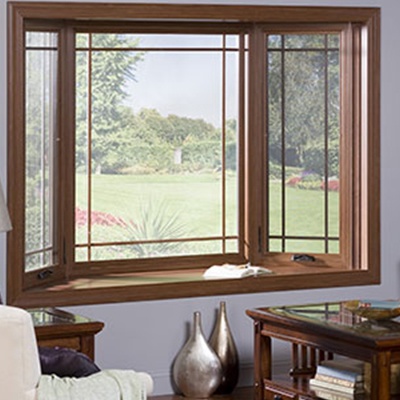Condensation is a sure sign that your home windows have to be replaced.
Windows are a crucial barrier between the severe, variable weather conditions outside as well as our tranquility, constant house temperatures. Home replacement windows tend to have a fifteen to twenty-year life expectancy, so luckily we don't have to consider replacing them frequently. However understanding when it's time to replace them can be challenging. You could be tempted to try and hold out for another season if you notice the warning signs. But replacing your home windows now could assist you extend the life of your entire house and maintain you and your family members warm all winter season long. Below are a few signs that your home windows are not ready for the extreme winter season this year.
Drafty Residence
As windows age, they begin diminishing, damaging, as well as not shutting correctly, permitting air from inside your house to flow out. As a result of this, your HVAC system has a hard time to maintain your house at a consistent temperature as well as sends your power bills increasing. If your home is significantly extra breezy or your electric bills seem to be going up this fall for no evident factor, you may wish to have your home windows had a look at.
Tough to Lock
We appreciate having our home windows open when the weather is nice, however they should not be open all the time. Throughout the winter and when we're not home, your home windows need to be shut in place and locked. Windows with malfunctioning locks is a major safety threat that need to be remedied immediately to keep your household risk-free. Usually the lock can be fixed inexpensively, but if the window is having trouble staying open or shut or is leaking air, it may be best to simply install a new one.
Condensation Forming
The biggest sign that you need new home windows is when condensation begins to base on the within your home window when it is shut as Buresh Home Solutions well as locked. This is indicative of a likely irreparable flaw and needs to be addressed as soon as possible to stop the possible development of mold in the frame, which can infect various other areas of your home and also create severe damage when left untreated.
Have you just about had it with your old, breezy windows?
Is this the year you've chosen to finally change your windows? Changing your home windows with new ones comes with great deals of advantages, including a power effectiveness boost, far better ventilation, and also much better quality of light in your house. The National Fenestration Rating Council licenses and classifies windows (as well as doors as well as skylights) on their performance as well as energy performance. When you're looking for brand-new windows you'll see these rankings on the NFRC label. In this week's blog site, we'll talk about how you can read this label making sure you're making an educated decision on your brand-new home windows.
Warm Gain and also Loss
The first 3 buildings on the label concern exactly how the home window performs with regard to warmth gain and loss. Windows gain as well as lose heat in 3 ways:
Direct transmission via the glass.
Radiation of heat from the sunlight right into the house, as well as away from the house from objects in the house.
Air leakage via and also around the window.
U-factor
This is "The rate at which a home window, door, or skylight performs non-solar warmth flow." The takeaway right here is "The lower the U-factor, the much more energy-efficient the home window, door, or skylight."

Solar Warmth Gain Coefficient
The SHGC informs us what does it cost? radiation is confessed via the home window and also launched as warm in the house. The lower the number, the less heat is transmitted. However, this does not always suggest you desire a low SHGC. For instance, because a higher SGHC indicates the window allows more warmth in, you could enable much more solar heat inside in the winter, which can minimize your heating requirements. In this instance, the environment you reside in will play a significant factor in choosing an SHGC ranking.
Air Leak
This quantifies how much air the home window lets in about a certain pressure distinction throughout it. The lower the ranking, the less air leak.
Sunlight Transmittance
The following two rankings determine how much light a home window lets right into your home.
Noticeable Transmittance (VT).
This number in between 0 as well as 1 measures what portion of the spectrum of noticeable light the window lets through. The greater the fraction, the a lot more light the window will certainly allow. If you wish to employ daylighting in your house, you'll desire a higher portion. If you want to lower interior glow, you may desire a reduced fraction.
Light-to-Solar Gain.
This number is the proportion between the SHGC as well as the VT. "The greater the number, the much more light sent without adding extreme quantities of heat.".